Filter by

Europe under Pressure: The Development of the European Union under the Influe…
The past years were characterized by a massive influx of migrants crossing the Union's external borders seeking asylum. Illegal migration, exploitation of social welfare systems, foreign infiltration and the instrumentalization of religion condensed in terror attacks determine today's changed attitude towards foreigners, refugees and migrants and therefore strongly impact the current European p…
- Edition
- -
- ISBN/ISSN
- 9783828866881
- Collation
- -
- Series Title
- -
- Call Number
- -
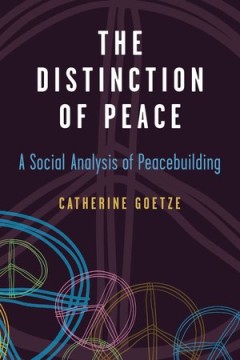
The Distinction of Peace: A Social Analysis of Peacebuilding
Peacebuilding serves as a catch-all term to describe efforts by an array of international organizations, non-governmental organizations, and even agencies of foreign states to restore or construct a peaceful society in the wake— or even in the midst— of conflict. Despite this variety, practitioners consider themselves members of a global profession. In this study, Catherine Goetze investiga…
- Edition
- -
- ISBN/ISSN
- 9780472073412
- Collation
- -
- Series Title
- -
- Call Number
- -

Imperial Overstretch: Germany in Soviet Policy from Stalin to Gorbachev: An A…
The book is an analysis of the rise and fall of the Soviet empire in what, during the Cold War, was called ‘Eastern Europe'. Its central focus is the role played by the German problem in that process.
- Edition
- -
- ISBN/ISSN
- 9783848724529
- Collation
- -
- Series Title
- -
- Call Number
- -
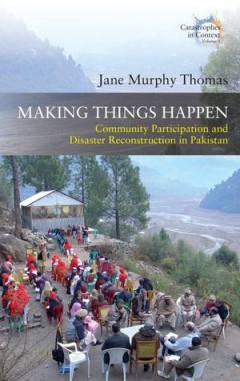
Making Things Happen: Community Participation and Disaster Reconstruction in …
Drawing on the Pakistan Earthquake Reconstruction and Recovery Project (PERRP), this volume explores the sociocultural side of post-disaster infrastructure reconstruction. As the latter is often fraught with delays and even abandonment—one cause being ineffective interactions between construction and local people—PERRP used anthropological and participatory approaches. Along with strong con…
- Edition
- -
- ISBN/ISSN
- 9781800732810
- Collation
- -
- Series Title
- -
- Call Number
- -
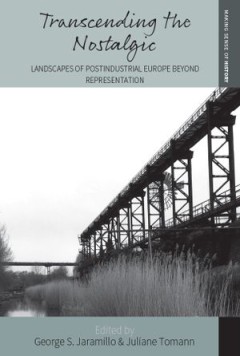
Transcending the Nostalgic : Landscapes of Postindustrial Europe beyond Repre…
Even as the global economy of the twenty-first century continues its dramatic and unpredictable transformations, the landscapes it leaves in its wake bear the indelible marks of their industrial past. Whether in the form of abandoned physical structures, displaced populations, or ecological impacts, they persist in memory and lived experience across the developed world. This collection explores…
- Edition
- -
- ISBN/ISSN
- 9781800732216
- Collation
- -
- Series Title
- -
- Call Number
- 650
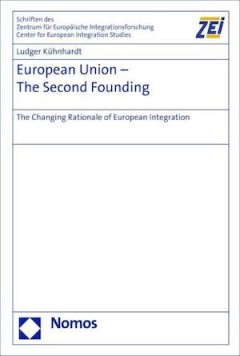
European Union - The Second Founding: The Changing Rationale of European Inte…
The author is presenting a broadly structured study about the first fifty years of European integration, its geopolitical context and academic reflection. His study is based on the two-fold thesis that since a few years, the European Union is going through a process of its Second Founding while simultaneously changing its rationale.
- Edition
- -
- ISBN/ISSN
- 9783832935023
- Collation
- -
- Series Title
- -
- Call Number
- -

Finding Jerusalem Archaeology between Science and Ideology
Archaeological discoveries in Jerusalem capture worldwide attention in various media outlets. The continuing quest to discover the city’s physical remains is not simply an attempt to define Israel’s past or determine its historical legacy. In the context of the ongoing Israeli-Palestinian conflict, it is also an attempt to legitimate—or undercut—national claims to sovereignty. Bridging …
- Edition
- -
- ISBN/ISSN
- 9780520968073
- Collation
- -
- Series Title
- -
- Call Number
- -
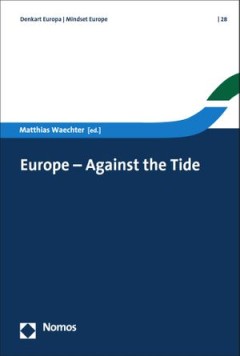
Europe - Against the Tide
Was sind die gegenwärtigen Herausforderungen der Europäischen Union? Wie reagiert sie auf internationale Veränderungen und Krisen? Und wie antwortet sie auf ihre Kritiker in den Mitgliedsstaaten? 16 Beiträge von internationalen Experten geben auf diese Fragen eine Antwort.
- Edition
- -
- ISBN/ISSN
- 9783848750719
- Collation
- -
- Series Title
- -
- Call Number
- -
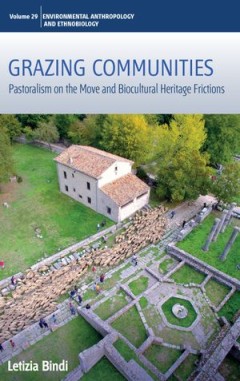
Grazing Communities: Pastoralism on the Move and Biocultural Heritage Frictions
Pastoralism is a diffused and ancient form of human subsistence and probably one of the most studied by anthropologists at the crossroads between continuities and transformations. The present critical discourse on sustainable and responsible development implies a change of practices, a huge socio-economic transformation, and the return of new shepherds and herders in different European regions.…
- Edition
- -
- ISBN/ISSN
- 9781800736672
- Collation
- -
- Series Title
- -
- Call Number
- 301 GRA g

Conceptualizing Power in Dynamics of Securitization: Beyond State and Interna…
This volume addresses the ‘question of power’ in current constructivist securitisation studies. How can power relations that affect security and insecurity be analysed from both a transdisciplinary and historical point of view? The volume brings together contributions from history, art history, political science, sociology, cultural anthropology and law in order to determine the role of con…
- Edition
- -
- ISBN/ISSN
- 9783848751587
- Collation
- -
- Series Title
- -
- Call Number
- -
 Computer Science, Information & General Works
Computer Science, Information & General Works  Philosophy & Psychology
Philosophy & Psychology  Religion
Religion  Social Sciences
Social Sciences  Language
Language  Pure Science
Pure Science  Applied Sciences
Applied Sciences  Art & Recreation
Art & Recreation  Literature
Literature  History & Geography
History & Geography